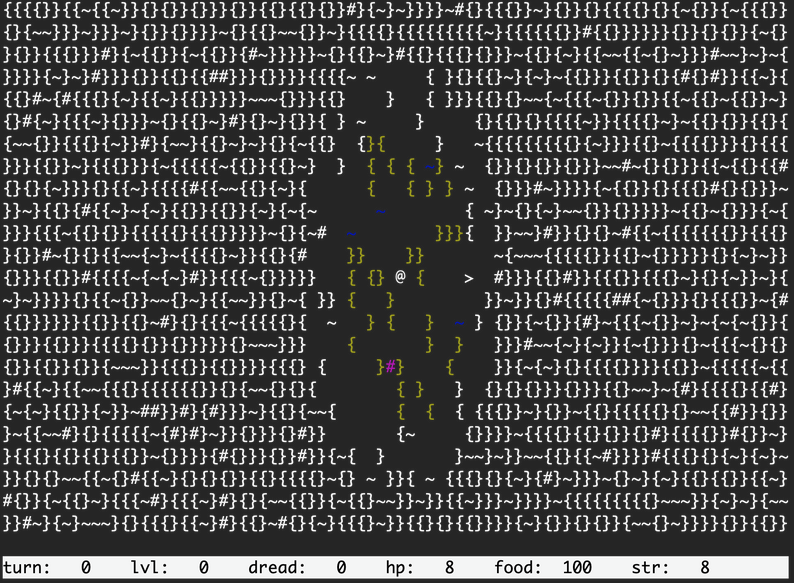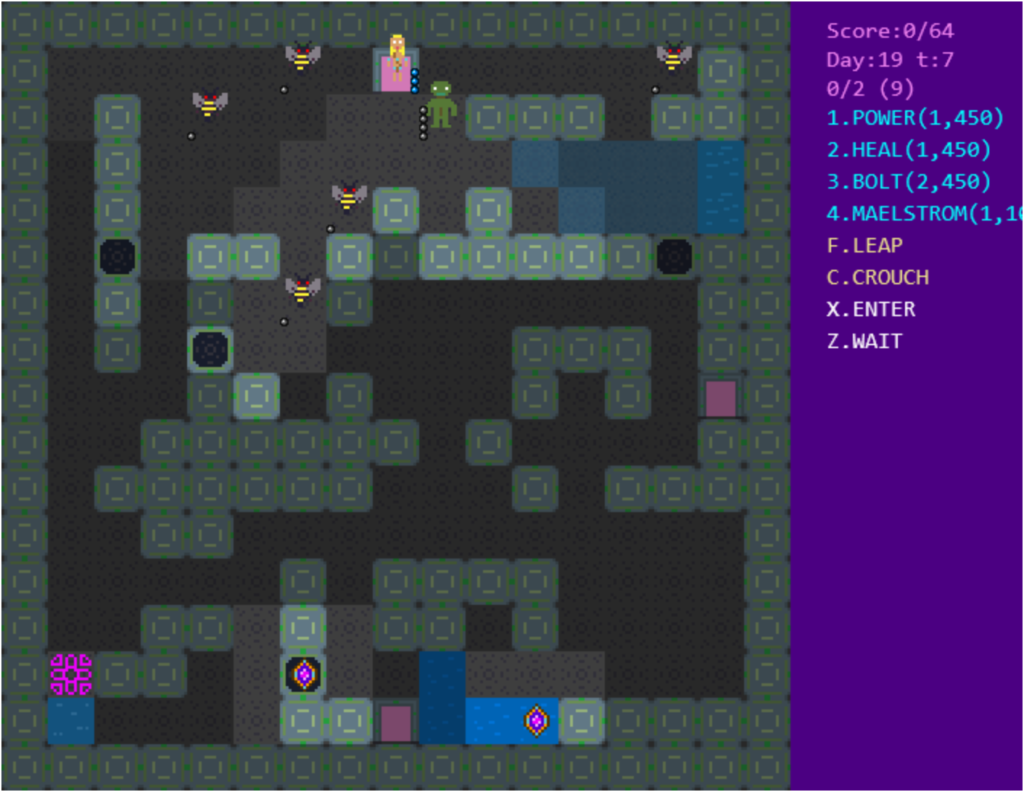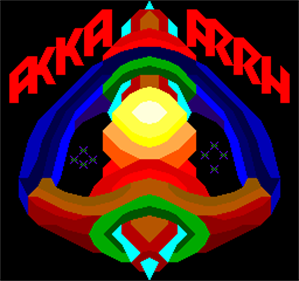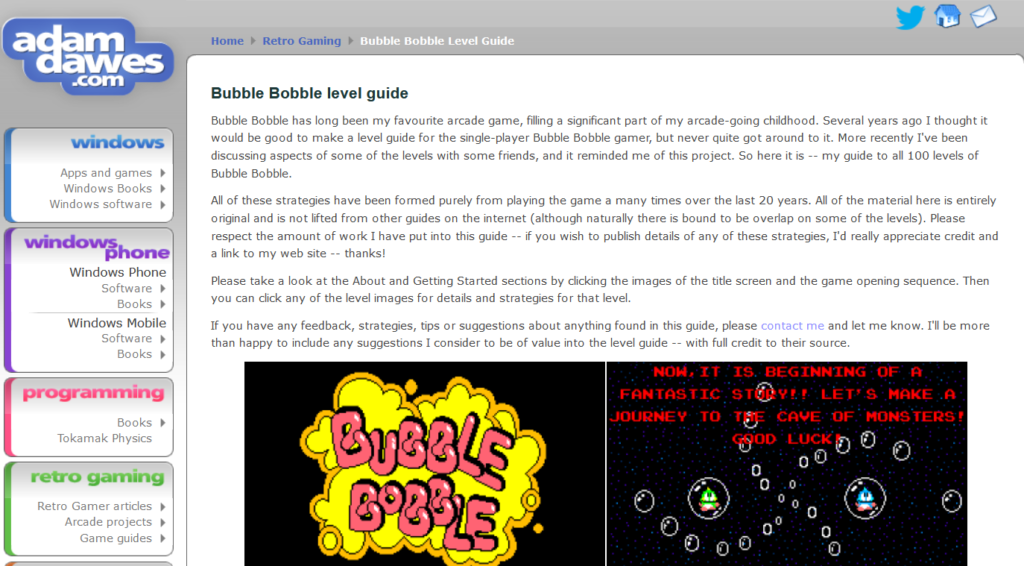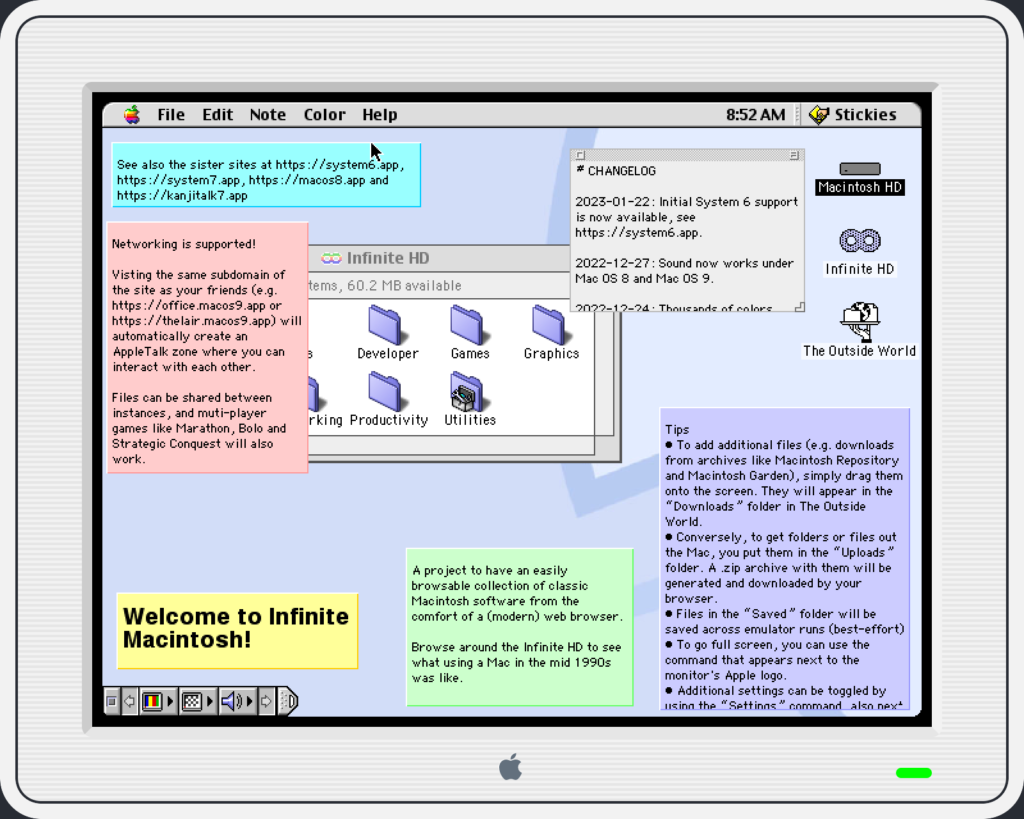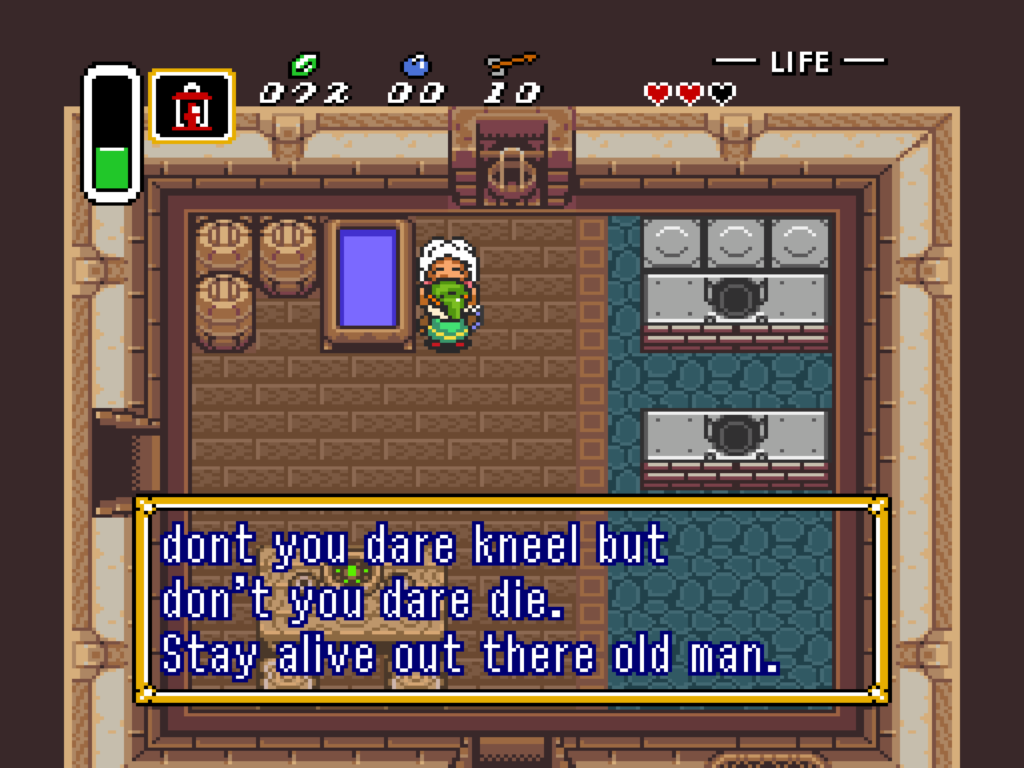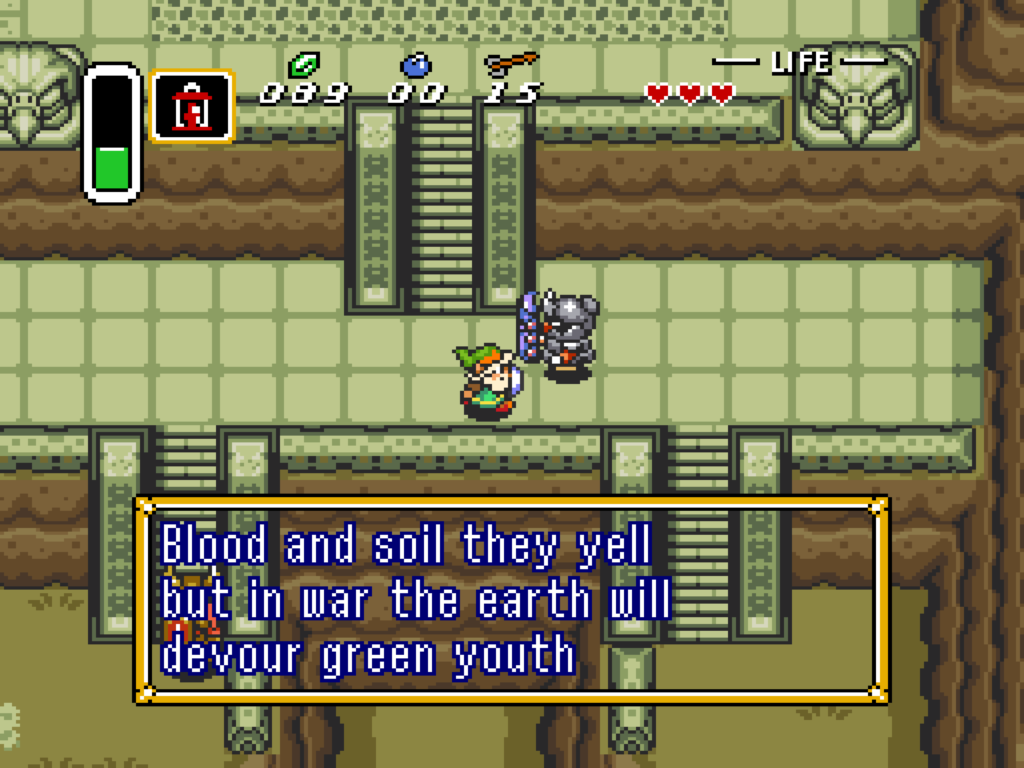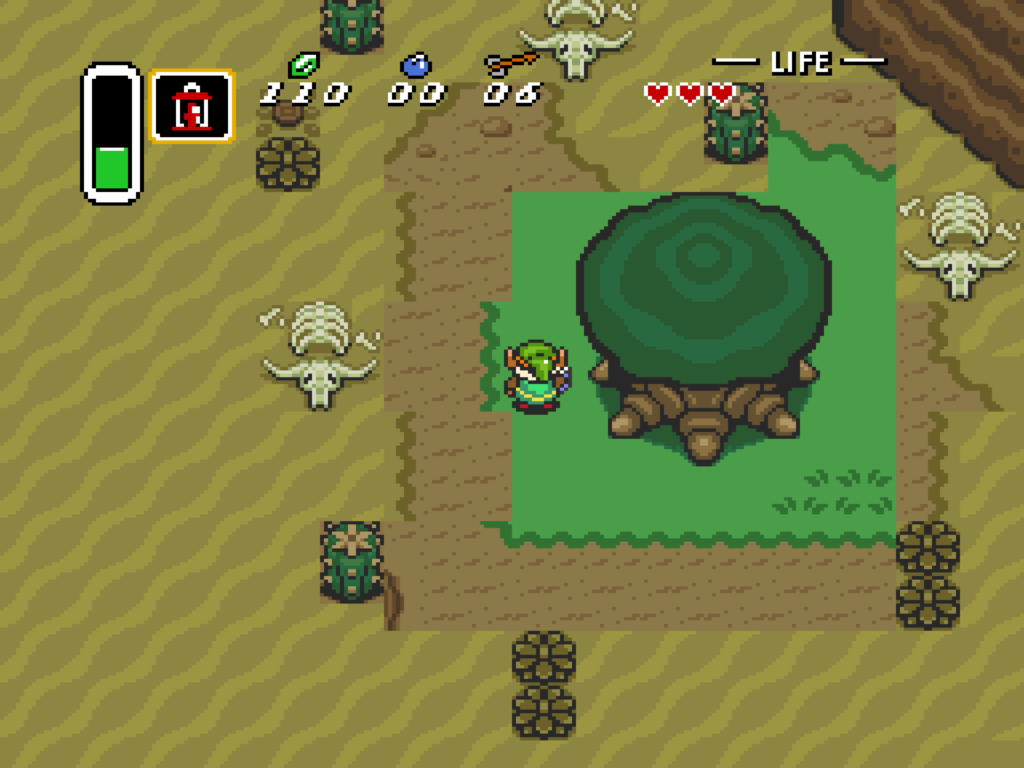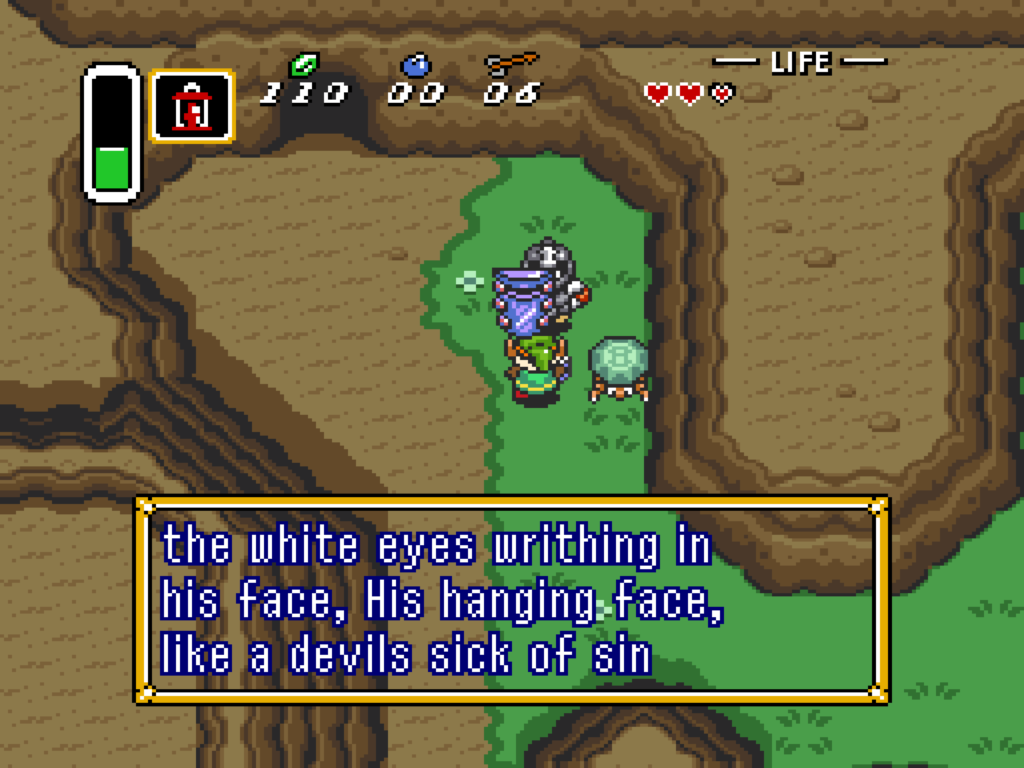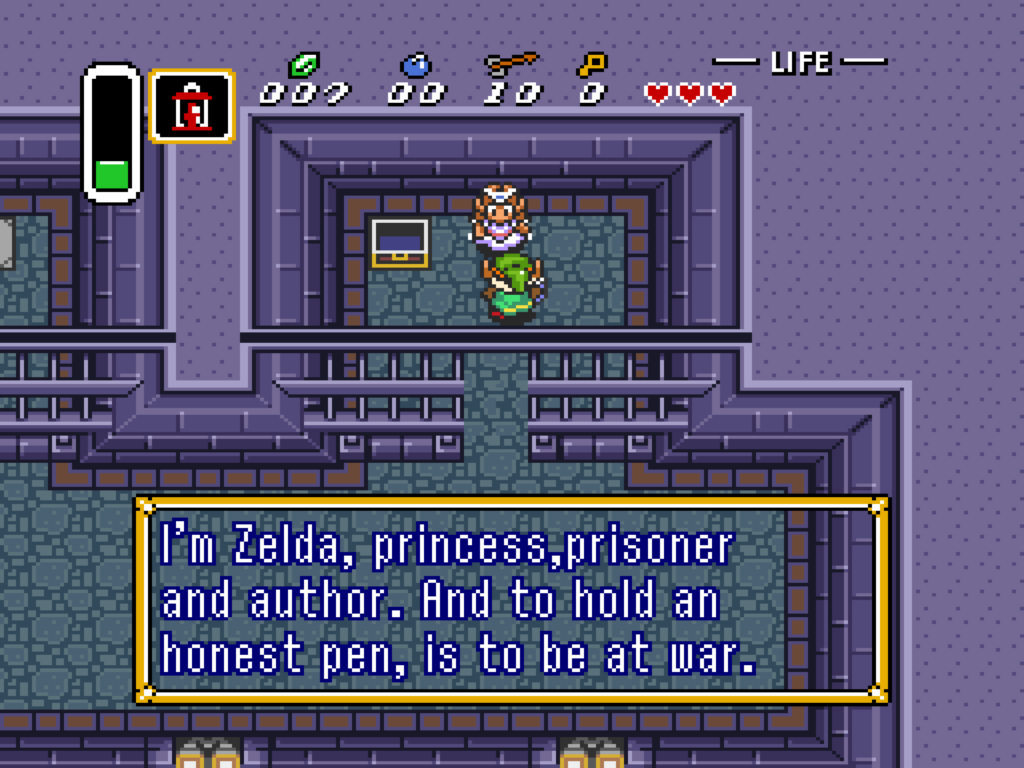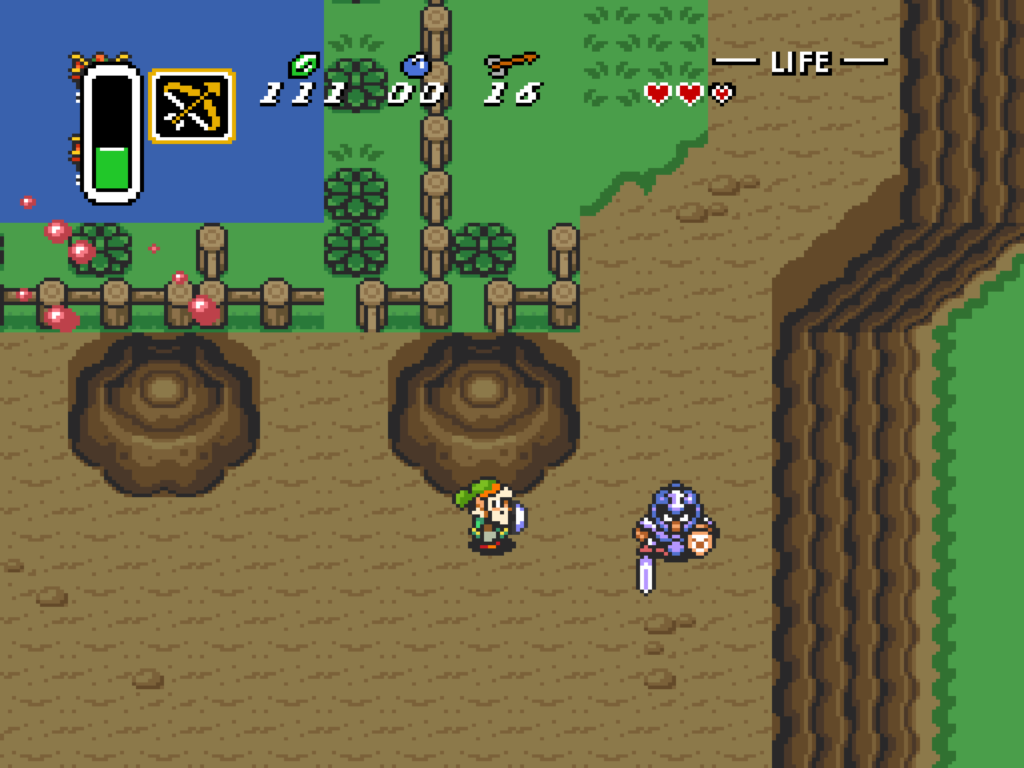Drew Mackie’s Thrilling Tales of Old Videogames brings up the issue of frequent Final Fantasy summon and sometimes optional boss monster Bahamut’s pronouncation, and tells us its mythological source wasn’t pronounced ba-HA-mut, but instead, ba-ha-MOOT.
Bahamut is one of the oldest traditions in Final Fantasy, going all the way back to the first game, where much of the game’s bestiary came directly from the Dungeons & Dragons books. Yet Bahamut was not fightable in that game, they wouldn’t fall into their standard role of challenge encounter until the third Japanese game. Like many D&D creatures, and JRPG creatures too, Bahamut was a borrowing from a mythological source. They were one of the entities upon whose back the world is carried. Observe:
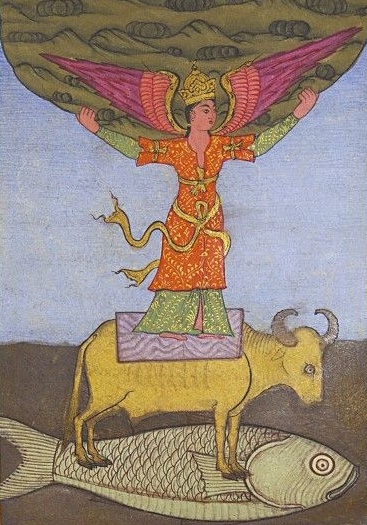
Which of these entities is “dragon king” Bahamut? The person is just an “earth-bearing angel.” The bull is Kuyuta. Bahamut, or “Bahamoot,” is the fish. What’s more, it’s thought that the name derives from Behemoth, from the book of Job, despite Behemoth not being a fish. But Final Fantasy already has a Behemoth….
None of this proves much of anything. RPG writers, both tabletop and videogame, have long just pulled anything out of mythology, and sometimes more recent literature, that they wanted and just used it, regardless of author, age or culture. Gary Gygax had a Monster Manual to fill, he didn’t have any internet to help him fill it, but lots of other people enthusiastically used his bastardization, to help them compile their own bastardizations. That’s what most game lore is when you get right down to it: it’s bastardizations all the way down.
This is just a fraction of the edifying enfo, er info, in the article, a link to which awaits you here:
Bahamut and Behemoth: One And The Same? (Thrilling Tales of Old Videogames)



